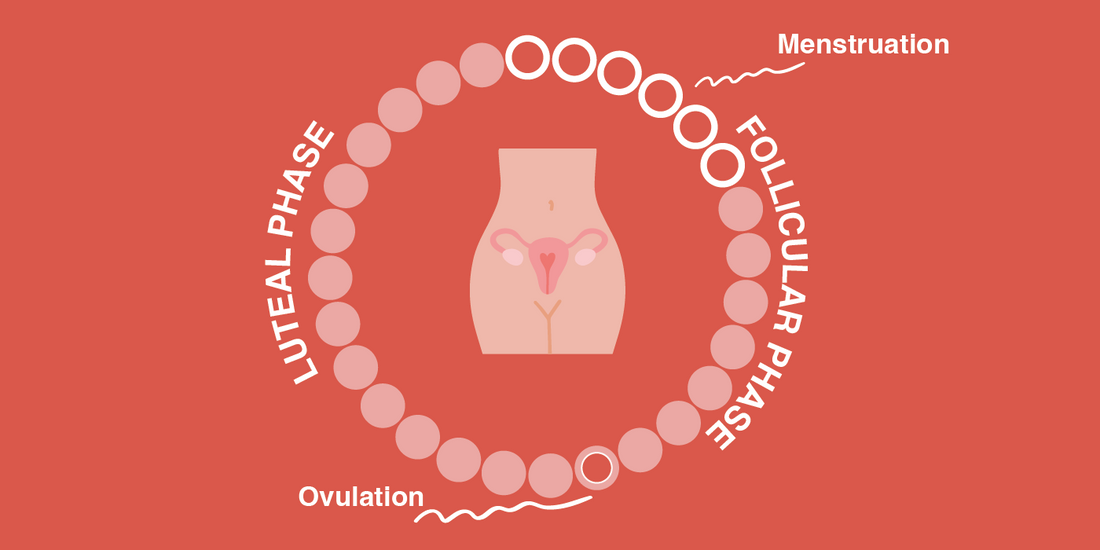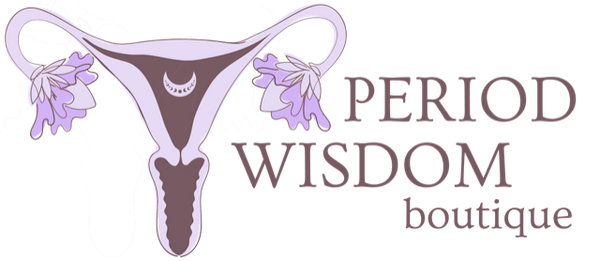
Understanding the Menstrual Cycle
Share
The menstrual cycle serves as a key indicator of reproductive and overall health. It involves a recurring pattern of hormonal and physical changes that help prepare the body for a potential pregnancy.
Learning about this natural cycle is essential for enhancing reproductive wellness, making informed choices about family planning, and taking charge of your general health.
The Phases of the Menstrual Cycle
The menstrual cycle is commonly divided into two overarching stages: the follicular phase and the luteal phase.
The follicular phase starts on the first day of menstruation and continues until ovulation. The luteal phase begins after ovulation and lasts until the onset of the next period.
For easier understanding, the cycle is often broken down further into four distinct stages: the menstrual phase, follicular phase, ovulation phase, and luteal phase. These phases repeat in a regular rhythm, guided by hormonal signals.
Each stage is marked by unique shifts in hormone levels and bodily functions, which can influence both your physical sensations and emotional state.
Follicular Phase
The follicular phase starts right after your period ends. Its length can differ between individuals but generally lasts anywhere from 10 to 14 days.
During this phase, the brain—specifically the pituitary gland—releases a hormone known as follicle-stimulating hormone (FSH). FSH encourages the development of follicles within the ovaries. Each of these tiny sacs holds an immature egg.
As the follicles grow, they begin producing oestrogen. The increasing levels of oestrogen play an important role in rebuilding the uterine lining, making it richer in blood supply and nutrients in preparation for a potential pregnancy.
Eventually, one follicle becomes dominant, growing larger than the rest and preparing to release its egg.
The follicular phase concludes with ovulation—the release of that mature egg—and signals the beginning of the next stage in the menstrual cycle.
Ovulation Phase and the Fertile Window
Ovulation is the briefest phase of the cycle, lasting roughly 16 to 32 hours.
It kicks off with a sharp rise in luteinising hormone (LH), which is released by the pituitary gland in response to the earlier increase in oestrogen levels.
This LH surge triggers the dominant follicle to rupture, releasing the mature egg from the ovary—this is ovulation.
It’s important to note that sometimes there may be more than one LH surge before actual ovulation occurs.
When Does Ovulation Happen?
Ovulation typically happens near the midpoint of your cycle—around day 14 in a 28-day cycle—but this can vary from person to person and even from month to month.
More precisely, ovulation tends to occur about 10 to 12 hours after the LH peak, marking the most fertile time in your cycle.
How can you recognise your ovulation?
There are various methods to recognise your ovulation. Some women feel physical signs such as a slight twinge in the lower abdomen, which can indicate ovulation. In addition, cervical mucus or ovulation tests can also provide information about ovulation.
A particularly popular method is basal body temperature monitoring. Basal body temperature changes over the course of your cycle and rises shortly after ovulation.
Cycle computers such as Daysy offer you modern and convenient solutions for tracking your basal body temperature. Daysy shows you directly on the device with a red flashing light when your predicted ovulation occurs. You can also follow the development of your temperature curve in detail in the DaysyDay app. So you can always keep an eye on your ovulation.
